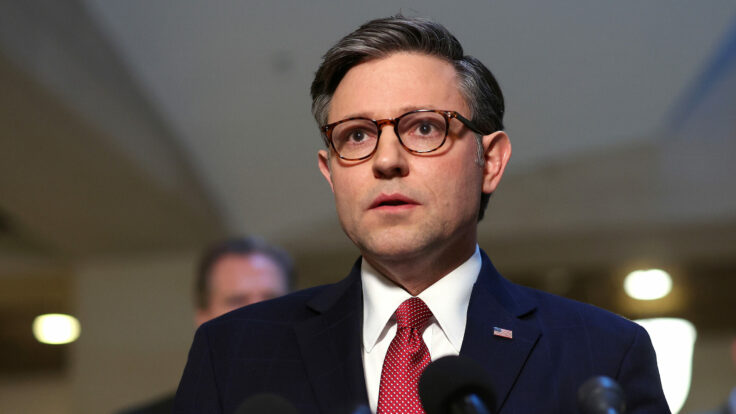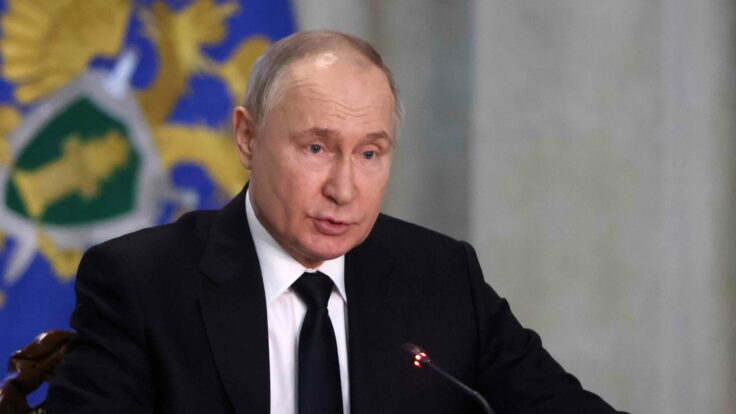The Russian offensive is here. You may have missed it because it’s far less dramatic and effective than previously advertised. Russian forces have been attacking up and down the front of the Donbas, pushing west, trying to take as much territory as possible before the one-year anniversary of their invasion of Ukraine, on February 24.
The most proximate prize is the now razed city of Bakhmut, which has taken on outsize significance in both Russia and Ukraine. Russia decided it wanted the city because it would extend Russian lines and could give Russian forces a way to encircle the far more strategic cities of Slavyansk and Kramatorsk. But Russia doesn’t have the necessary footholds in Kharkiv in the north to pull off the maneuver, so taking Bakhmut will be a largely symbolic victory that can be used for propaganda purposes back home. It is now a universally held belief among Western analysts that Bakhmut will soon fall to the Russians, but Russia has also demonstrated that a country whose political elites regularly threaten to invade NATO countries has spent six months and tens of thousands of lives trying to take a pretty small city—and mostly failing.

















